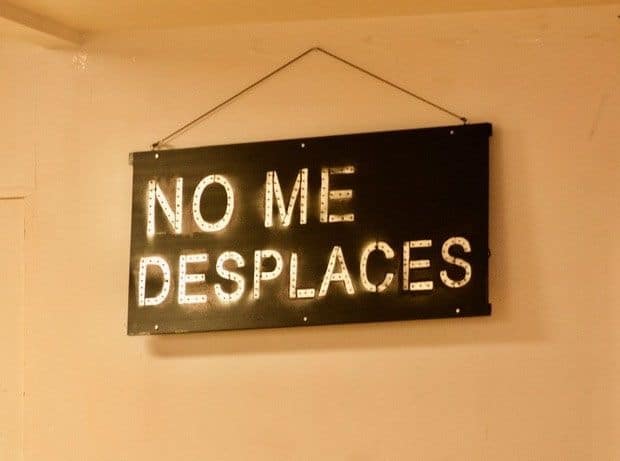Most of the Department of City Planning’s proposed neighborhood rezonings – in Bushwick, in Inwood, on Southern Boulevard in the Bronx – are falling apart. What’s to blame?
Bill de Blasio, who’s based his housing plan on upzoning transit-rich corridors to promote the development of market-rate residential units and – through Mandatory Inclusionary Housing – a smaller percentage of affordable apartments, inherited a tough situation when he took office. At the start of predecessor Michael Bloomberg’s mayoral term in 2002, the population of New York City was 8.042 million, but by his final year, 2013, it had swelled to 8.459 million. Bloomberg had upzoned underutilized industrial waterfronts in Williamsburg and Long Island City to unleash a rash of high-rise condominiums, but simultaneously he had downzoned wealthier areas like Park Slope and the East Village to “preserve neighborhood character” – all in all, housing capacity had barely increased, and a crisis of high rents had set in.
Bloomberg had imposed the upzonings in top-down fashion, while the downzonings had emerged from the communities themselves, where homeowners came together to press city hall for land-use restrictions to circumvent the threat of new development. The term “NIMBYism” pejoratively describes the behavior in the latter case, but the NIMBYs themselves tend to regard their organizing simply as a form of popular democracy: why shouldn’t the residents of a neighborhood – rather than unaccountable government forces – decide how that neighborhood should look?
This view isn’t quite right, however: real democracy has to take into account the wishes of everyone who will be affected by a given decision. The zoning code in Park Slope doesn’t affect only Park Slope – if its constraints wall off the neighborhood as an impenetrable fortress of brownstones, the development pressure will spill over into Sunset Park, whose working-class, nonwhite residents may have fewer political connections to turn to. All is like an ocean, as Dostoevsky said: the refusal of Park Slope to accept new residents eventually, at least on some microscopic level, touches even Jersey City and Staten Island. (As if to compensate for the new protections bequeathed upon the rest of the low-rise neighborhood, Bloomberg opened 4th Avenue to mid-rise construction – but of course 4th Avenue belongs more to Gowanus than to Park Slope.)
De Blasio doesn’t like downzonings, but he’s still doing upzonings. Generally, locals still loathe them. While New Yorkers on the whole may want to increase the city’s supply of housing, the impact of a rezoning can, at ground zero, be devastating to longtime, low-income residents, who often face displacement. That’s only in part because the HPD-regulated “affordable” units that comprise 25 percent of the new construction may not be affordable to people in the area; more significantly, the loss of organically affordable units that preceded the rezoning may outpace Mandatory Inclusionary Housing. Depending on the terms, a rezoning can offer developers something like an opportunity to refashion a neighborhood as they see fit – understandably, they’d rather build yuppie playgrounds than places for ordinary people to live. Modest dwellings may fall, with luxury condos replacing them. The black and brown communities function here as sacrificial lambs; in order to add more housing for the good of the city at large, they must go.
For this reason and others, rezonings are politically tricky projects. They depend largely on ignoring complaints in the immediate area (while pretending to solicit public input during an ostensibly thorough and responsive outreach process) and selling the larger body politic on a straightforward but slightly abstract argument for the creation of more high-priced housing: no, you, the average rent-burdened New Yorker, will probably not be able to afford one of the shiny new market-rate apartments enabled by the latest rezoning, nor are you likely to land the winning lottery ticket for an affordable unit – but, look, if we add more luxury buildings in Manhattan, the luxury buildings in Brooklyn will have to reduce their rents to compete, which means that the luxury buildings in Queens will have to lower their rents even further, and so on, until, someday, your own rent has decreased by $25… or at least it has increased by $25 less than it otherwise would have.
The neighborhoods revolt
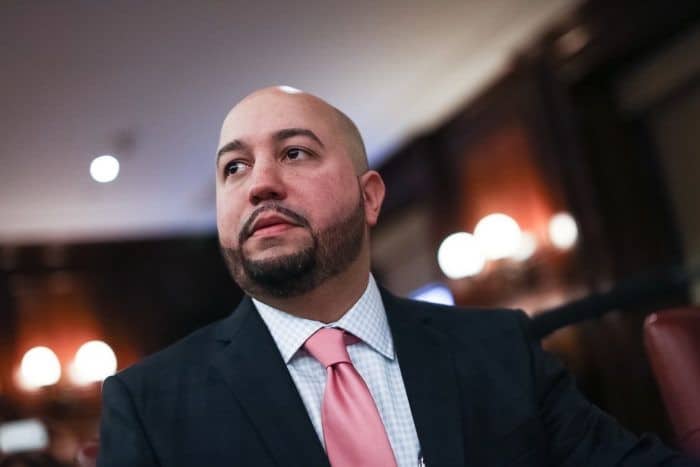
De Blasio had a successful streak earlier in his mayoralty with rezonings of East New York, Downtown Far Rockaway, East Harlem, and Jerome Avenue, but lately – apart from an approved rezoning of Bay Street in Staten Island in June 2019 – his luck appears to have run dry, especially in cases where the usual theater of community engagement has run into demands for real opportunities for public input. In December, the New York State Supreme Court overturned City Council’s 2018 approval of a rezoning of Inwood after a lawsuit alleged negligence during the environmental review process, which ignored local concerns about displacement. Then, in January, South Bronx councilman Rafael Salamanca announced that he would oppose the planned Southern Boulevard rezoning amid fears of gentrification. Around the same time, rezoning negotiations stalled between the mayor’s office and Bushwick’s councilmen, Antonio Reynoso and Rafael Espinal, though the latter had previously approved the rezoning of East New York in the eastern part of his district.
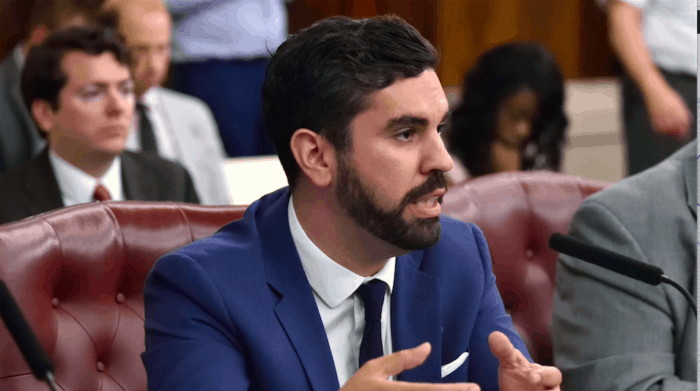
City bureaucrats design neighborhood rezonings, but according to legislative tradition, the local councilmember has final say over whether they take place. Councilmembers, of course, must take into account their voters. Gowanus’s planned rezoning under councilman Brad Lander – which will turn old industrial space and polluted land into condos – has its share of doubters in adjacent Carroll Gardens, but it appears likely to proceed successfully because relatively few families face potential displacement: Gowanus itself doesn’t have enough residents to generate durable public opposition. On the other hand, Salamanca, Reynoso, and Espinal all heard from a lot of concerned citizens and impassioned organizers at risk of losing their homes. Bushwick boasted multiple factions of activists: radicals who – accusing the Department of City Planning (DCP) of settler colonialism – rejected outright the prospect of any rezoning and, on the other side, moderates who just wanted the city to incorporate into its scheme some of the preferences of the folks on the ground.
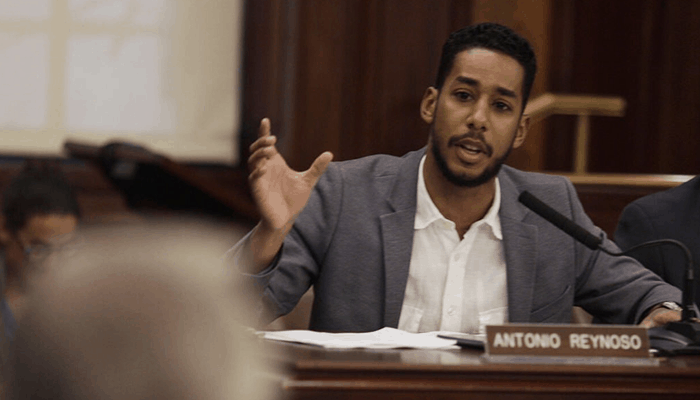
Over the course of four years, the latter group collaborated with their councilmen to produce the Bushwick Community Plan (BCP) in advance of DCP’s inevitable incursion into their neighborhood. De Blasio and DCP supported the effort. Ultimately, the BCP asked the city to safeguard Bushwick’s manufacturing zones and to provide significant investments in civil and social infrastructure (from reopened subway entrances to subsidized legal services for tenants). More importantly, however, it demanded zero net increase in market-rate housing capacity relative to the no-action scenario, which itself, according to the BCP, could yield 7,000 new units in the area through as-of-right development. The BCP would permit upzonings on some privately owned parcels within mixed-use corridors but would commensurately downzone residential side streets to prevent “out-of-context” development, much of which has already taken place in Bushwick. The plan’s highest-density upzonings would take place on publicly owned sites, where, with the help of the city, community-based organizations would develop permanently affordable housing without any market-rate units.
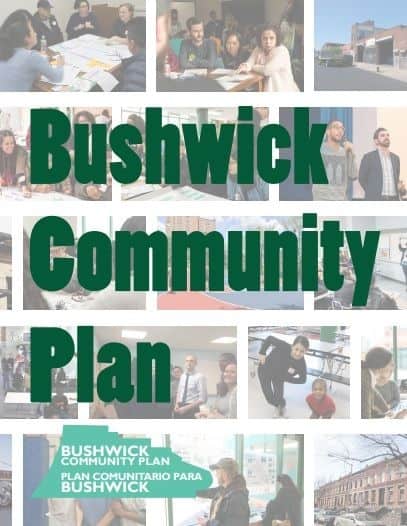 DCP’s Bushwick Neighborhood Plan (BNP), released seven months after the BCP, differed significantly: notably, it called for the development of 3,740 additional market-rate apartments in the area. Reynoso and Espinal wanted DCP to assess formally the potential impacts of both the BNP and the BCP during its subsequent environmental review process, but in January, Deputy Mayor Vicki Been made clear that the BCP – which would produce “few new homes” – was, finally, of little interest to the city. It had been a cute idea to try to let the poor people in Bushwick design their own rezoning, but now it was time for the professionals take over. Reynoso and Espinal had to choose between walking away from the process or openly betraying their voters. They chose the former.
DCP’s Bushwick Neighborhood Plan (BNP), released seven months after the BCP, differed significantly: notably, it called for the development of 3,740 additional market-rate apartments in the area. Reynoso and Espinal wanted DCP to assess formally the potential impacts of both the BNP and the BCP during its subsequent environmental review process, but in January, Deputy Mayor Vicki Been made clear that the BCP – which would produce “few new homes” – was, finally, of little interest to the city. It had been a cute idea to try to let the poor people in Bushwick design their own rezoning, but now it was time for the professionals take over. Reynoso and Espinal had to choose between walking away from the process or openly betraying their voters. They chose the former.
Espinal (perhaps unrelatedly) has since announced his resignation from City Council. No one knows exactly how the story will end, but it doesn’t look promising.
The mayor might have tried meeting Reynoso and Espinal halfway. Now, neither side gets what it wants: de Blasio won’t get to add to Brooklyn’s residential capacity despite dire need, and the people of Bushwick will continue to see their rowhouses replaced by luxury buildings without the creation of a single affordable unit or an extra dime of public investment. Should the mayor have accepted a less dramatic rezoning than he’d hoped for, or should the councilmen have prioritized increasing the city’s housing supply over their constituents’ provincial fear of change?
Let’s try listening
In the eyes of some (including, perhaps, the mayor), the latter path might have represented sensible technocratic liberalism – in other words, a refusal to capitulate to public foolishness when it obstructs the road to progress. We live in a democracy, however, and with an engaged citizenry, major decisions simply cannot take place without public buy-in – the political structure doesn’t allow it, and the sooner we all accept this, the better. In the case of rezonings, it’s getting more and more difficult to manufacture consent, which means the rezonings themselves eventually must change.
Again, the Bushwick Neighborhood Plan would have affected more than just Bushwick: all New Yorkers deserve a chance to weigh in on the city’s land-use policies, even as they pertain to areas outside their own. This means that the Upper East Side can have a say about Bushwick, but only as long as Bushwick gets a say about the Upper East Side. A switch to comprehensive planning – which would regard the city as an interconnected whole instead of taking ULURP’s piecemeal and often predatory approach – could offer a way forward here. But if, under any circumstances, a neighborhood’s rezoning took place fully without the support of the neighborhood’s residents, it would signify a disturbing failure of the democratic process. This much should be obvious, but in recent months, the mayor has displayed a worrisome inability to partner with communities on major land-use decisions.
In Sunset Park, the situation faced by councilman Carlos Menchaca resembles the one in Bushwick. This time, DCP did not draw up the rezoning on the table – it is a hefty private application filed by Industry City, which hopes to accelerate its transformation of a 120-year-old warehouse complex into an upscale retail mall and high-tech office campus. Much of Sunset Park’s low-income immigrant community views Industry City with suspicion – it has already drawn a new demographic to the area, driving up rents, and will pose a bigger threat if it grows. But it’ll also create jobs.
Menchaca has taken heat on both sides of the debate and has tried to find a compromise. After negotiating with Industry City to scale down the application, he turned to the de Blasio administration for support. Menchaca believed that he could approve the rezoning only if the city helped mitigate its unavoidable downsides by investing in programs to ensure that Sunset Park residents would be first in line for the new jobs and would not face harassment from their landlords once nearby property values had risen.
Instead of granting Menchaca the meeting he had requested, de Blasio told him to get lost. DCP sent a letter to inform him that the city could not link municipal contributions to a private rezoning, even one as large as a DCP-initiated plan. This wasn’t because the city didn’t want Industry City to expand – on the contrary, de Blasio has shown an eagerness to revitalize Sunset Park’s waterfront as an employment center, with the New York City Economic Development Corporation now in the process of spending $136 million to renovate an adjacent stretch of Bush Terminal for the benefit of film studios and fashion houses.
Industry City’s rezoning application promises 20,000 new jobs: nearly as many as Amazon’s best-case scenario in Queens in 2018. For HQ2, de Blasio was willing to move heaven and earth – more specifically, he was willing to run roughshod over the public processes through which disruptive new developments must typically pass. But when securing an economic boon requires attending to the concerns of the local community, he turns his back. Menchaca has not yet rejected Industry City’s ULURP, but the mayor has put him in a position where he’ll face humiliation if he doesn’t.
The councilman’s demands aren’t unreasonable. They embody an effort to show some basic respect to his voters, who have taken the time to speak up at countless meetings about the future of Sunset Park’s waterfront. No matter what, some of Industry City’s neighbors will, with good reason, oppose the rezoning, which would precipitate some gentrification as an inevitability, but those who support the proposal should commend Menchaca’s attempt to make it palatable to as much of Sunset Park as possible. De Blasio’s refusal to back the councilman speaks volumes.
Something is broken here. The mayor, it seems, has no capacity to rezone democratically. When the people stand up, he shuts down.
Public involvement makes government’s work harder and messier; it is also the force that legitimizes that work. Robert Moses is dead, thank god: no public official should expect to wield autocratic authority as they endeavor to shape a better city. Because of de Blasio and Bloomberg, some New Yorkers describe rezonings as “ethnic cleansings,” which may sound like hyperbole, but dismissing the anger will get us nowhere.
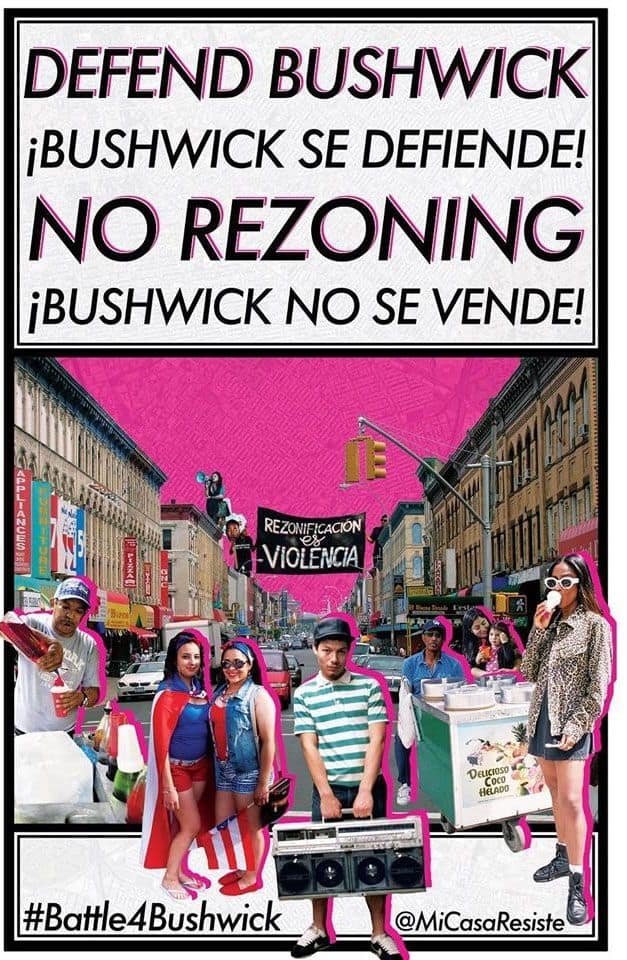 That said, updating land-use codes doesn’t have to be an act of violence. New York’s zoning resolution was written in 1961 – revisions are necessary. But as more and more of those who sit on the losing end of the mayor’s rezonings speak out, a more democratic form of planning will have to emerge, and DCP will no longer be able to rely on triggering catastrophic avalanches of rapacious development in vulnerable neighborhoods to increase the housing supply.
That said, updating land-use codes doesn’t have to be an act of violence. New York’s zoning resolution was written in 1961 – revisions are necessary. But as more and more of those who sit on the losing end of the mayor’s rezonings speak out, a more democratic form of planning will have to emerge, and DCP will no longer be able to rely on triggering catastrophic avalanches of rapacious development in vulnerable neighborhoods to increase the housing supply.
For de Blasio, accepting a more reasonable rezoning in Bushwick would have meant accepting, perhaps, that crude land-use deregulation cannot rescue New York from its housing crisis. He may not have been ready to face this reality. We need new solutions, and talking over those who’ve suffered most from the failed policies of the past won’t help us find them.

